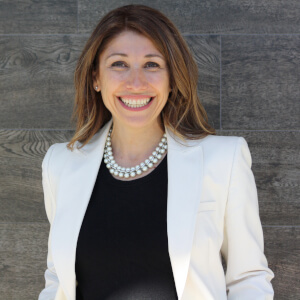DIY hotspotting: How to find the best investment market
Property experts, newspapers, magazines and investors are always talking about the latest property hot spot.

For a long time, it was Sydney and Melbourne. Then attention turned to Brisbane. For first-time investors, it can seem like a good idea to follow suit of what everyone else is going.
Here’s the thing you need to remember: you’re not the only person who read that article. There are thousands of other investors out there who have also read about the latest hot spot and they’re keen to secure their piece of the action before it’s too late.
But who’s to say what is a hot spot anyway?
If you pay attention to the real estate media, you’ll see that almost every month, a new hot spot emerges. Just who is selecting these hot spots and what criteria are they using to decide that an area is an up-and-coming property superstar?
Avoiding the hot spotting trap
Ignore what everyone else is doing and blaze your own pathway forward by do-it-yourself hot spotting. This is what I recommend to my students because it’s the only way to purposefully invest in an asset that truly suits your goals.
The first step is to create a shortlist of three locations that you are considering; start by choosing which state you want to invest in. Spend some time online looking up all the government plans for growth and development in different regions.
Once you’ve created your shortlist of areas to invest in, check out past and present capital growth rates and investigate the level of infrastructure and amenities in each area, including roads, public transport, hospitals and schools.
Next, consider what the local government is doing in your short-listed hot spots. Most investors underestimate councils, but they’re actually my first port of call when doing my research. My experience has been that when a council has a plan for the future and they are pro-development and spending money on housing and infrastructure, then the town and areas surrounding it thrive.
Creating your own hot spot
You’ve kick-started the process with initial research. Now it’s time to validate what you’ve found by looking up demographic information, like population growth and what proportion of local residents rent, through the Australian Bureau of Statistics. This will give you an indication of how fast the local population is growing and what tenant demand is like.
Ideally, you want an area that has a strong rental population, so that tenants are always in plentiful supply. At the same time, you don’t want a very high rental population, as that means fewer house-proud owner occupiers (and you’ll constantly be competing for the high-quality tenants). I always look for suburbs where 30-40 per cent of residents rent, as this seems to support a balanced supply and demand system that keeps my property tenanted year-round.
This rough process with give you three qualified, fully researched hot spots and by this stage in the process, you should have identified one leading area as your preferred location.
In my view, this is the only way to safely hot spot.
It means you won’t be competing with other hot spot chasing property investors in the next big boom location.
And it also allows you to seek out real estate opportunities that suit you and your goals, rather than following the latest fads and trends in property.